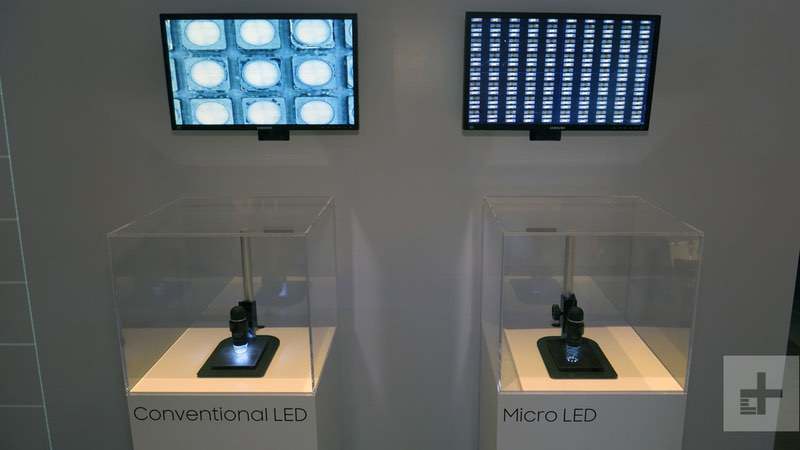YIWU JUHE TRADING COMPANY , https://www.nx-vapes.com
In order to replace OLED, Apple is developing a MicroLED screen.
For a long time, rumors have circulated that Apple has been working on developing a Micro LED display, and now those whispers have been confirmed by Bloomberg. In a report released on March 19, Bloomberg revealed that Apple is operating a secret facility in Santa Clara, California, where it's working on designing its own Micro LED display to potentially replace Samsung’s OLED screens.

Apple has long sought to reduce its reliance on Samsung as a key supplier. The company has invested billions into LG Display to support the development of its own OLED technology. Recently, LG Display announced that the iPhone X Plus might be equipped with their OLED panels, signaling a shift in Apple's supply chain strategy.
However, Apple isn’t stopping at LG. Reports suggest that the company has also been in contact with BOE, a major Chinese display manufacturer. Additionally, Apple is exploring the possibility of fully developing Micro LED technology in-house, following its history of successful innovation in other critical areas.
OLED stands for Organic Light-Emitting Diode, using organic materials that can suffer from lower stability and shorter lifespan. In contrast, Micro LED uses inorganic materials, similar to traditional LEDs, and can be thought of as a "miniature" version of large outdoor LED billboards. It offers longer life, better stability, energy efficiency, and brighter displays. However, current technical limitations make it difficult to achieve high yield rates.

Industry experts believe that Micro LED will eventually replace OLED, just as OLED replaced LCD. Apple first showed interest in this technology when it acquired LuxVue, a Micro LED startup, in 2014. Despite early efforts, progress has been slow. Bloomberg predicts that Micro LED may appear in the Apple Watch within two to three years, while the iPhone may take another three to five years before adopting the technology.
Although Apple's R&D center in Santa Clara is still small, the company is likely to outsource production for mass manufacturing. This raises concerns about how secure the technology will remain. According to insiders, Apple aims to keep its proprietary technology as confidential as possible, having already invested heavily in the project.
The research and development of Micro LED are currently being carried out in Taiwan, but Apple is now focusing more on advancing the technology near its headquarters. If successful, this could mark a major milestone for Apple, allowing it to become self-reliant in key technologies such as CPUs, GPUs, and displays. This would not only cut costs but also open up new revenue streams.
Apple is also investing heavily in the next generation of Micro LED displays, which could bring significant opportunities to China’s display industry. While OLED remains the most prominent trend in the display market, the future looks promising for Micro LED.
In terms of industry leadership, South Korea (Samsung and LG) has traditionally dominated the global display sector. However, from the perspective of investment scale, industrialization progress, and overall competitiveness, China’s display industry is rapidly catching up. With growing industry scale, improved clusters, and strong financial and technological support, China is expected to match South Korea’s capabilities in the next 3 to 5 years.
